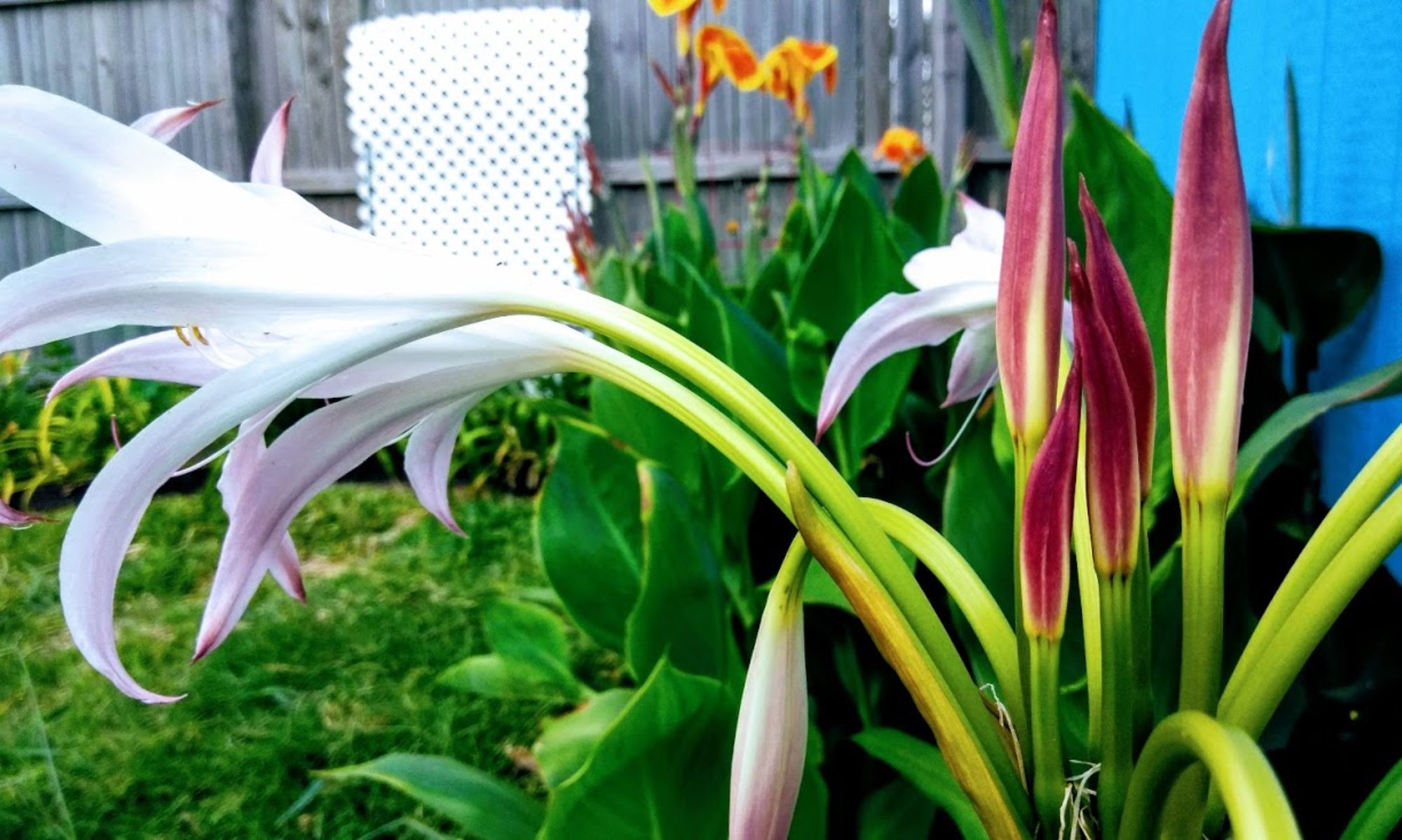You can find Sunflower and Okra stalks all over my beds. The larger stalks were used for zucchini and Gourds






Overall I have been very satisfied with the beauty and versatility these wonderful plants add to a garden. Once your flowers are gone, before you throw them out, look around your area and make sure there is not a place their stalks are needed! Here is a quick video to cover a bit of the content on this article!
Accompanying Content








 pull them up and clean them for drying.
pull them up and clean them for drying.



 For tepees utilize heavy garden twine to tie the stalks together; or, twists that are stable enough to hold them together. It’s also helpful to dig out the area the tepees will fill prior to tying them up.
For tepees utilize heavy garden twine to tie the stalks together; or, twists that are stable enough to hold them together. It’s also helpful to dig out the area the tepees will fill prior to tying them up.







You must be logged in to post a comment.